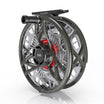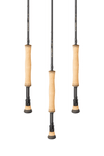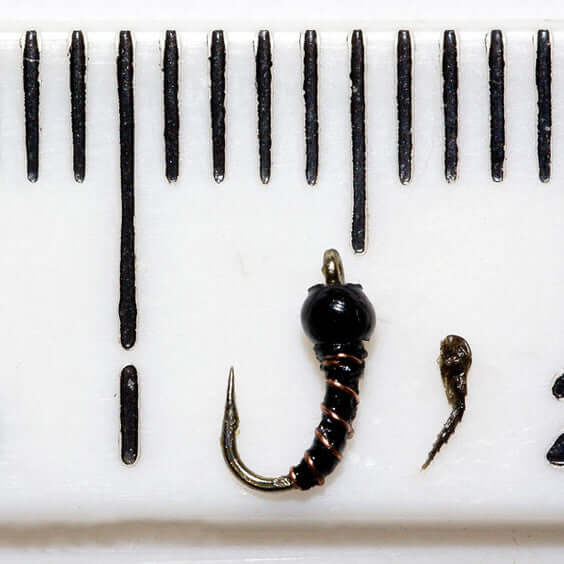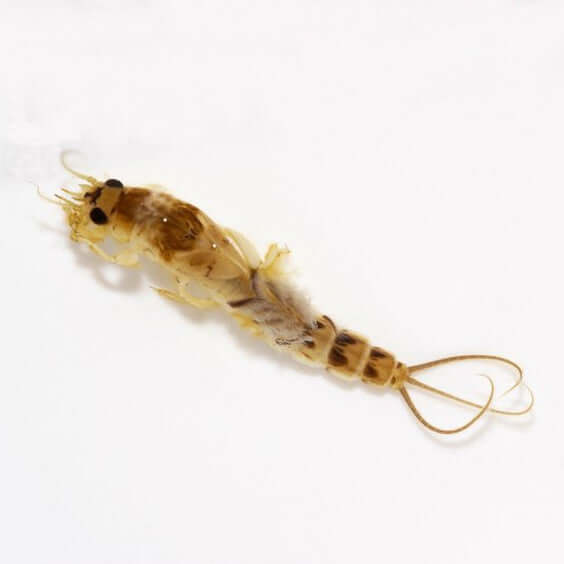Early season trouting! Large Dark Olives! Stoneflies! Midges! Grannom! If you’re lucky March Browns! Dry fly fishing at last! After months of dredging the riverbed with tungsten nymphs & bugs with only an isolated chance to fish dry flies when there’s been a brief hatch of Large Dark Olives whilst grayling fishing or a few adult Midges on my local small still waters I’m ready for some delicate dry fly fishing & the pleasure of watching fish rise to my offerings.

Early season success
Unfortunately my local North Yorkshire rivers do not have March Browns, but I have encountered the clonking rises that they provoke when fishing the Cumbrian Eden. For me it will be Large Dark Olives from noon into the afternoon, small & medium sized Stoneflies fluttering on the water when the sun has enough warmth & tiny Midges that will provide me with surface sport in late March & early April.

Large dark Olive Dun (male)
Three or at most four dry fly patterns are all that I feel I need. A size 16 or 18 Shuttlecock (tied with yellow stripped quill body coated with Bug Bond, Hare’s ear thorax & natural Mallard CdC wing) will cover the emerging LDOs, a size 16 or 18 Gasparin Dun/CdC Olive (tied in the style of Polish & Slovenian hackle less CdC dry flies) will cover the LDO Duns), a size 16 or 14 CdC IOBO Humpy will cover fluttering stoneflies & to be honest works well when LDOs are emerging & a size 24 IOBO Humpy is a pretty good Midge imitation, whilst a size 14 or 16 F Fly is another good Stonefly imitation. In fact I really only need one pattern an IOBO Humpy in sizes 16 & 24, but we all carry more flies than we need.

Gasparin Dun
If there are no rising fish I really only need two or three subsurface patterns, a size 18 Black bead-head nymph tied with CdC tails, a yellow stripped quill body (Bug Bonded) & dark Hare’s ear thorax to imitate the LDO nymphs, a Silver Bead-head Partridge & Hare’s Ear Spider that is suggestive of a host of invertebrate foods (in various sizes/weights) & a Peeping Caddis (also in a range of sizes/weights)(I regularly catch early season trout with crunchy bellies because they are so full of cased caddis larvae).
One thing I like about early season trouting is that there is no need to get to the river before 11am as surface the LDO hatches are unlikely to start before noon. I normally fish from just before noon till mid afternoon, although dusk can be good if there are midges about. Before the hatch I usually prospect with a nymph since the LDO nymphs are active before the hatch starts, but as soon as I see risers I’ll switch to a Shuttlecock. With their submerged bodies, they resist micro-drag that bit longer than fully floating flies.
It is the shallow riffles & pool heads that I target, as this is where the LDO’s emerge. Rarely do I see much activity low down in the deep pools except when it is really cold & dull which delays ‘lift off’ of the duns. Some of the best dry fly fishing is on such dismal days when the flies stay longer on the water, giving the fish more opportunity to feed on them. I well remember a raw, day in April a few years ago, during a blizzard when the trout were going mad for LDO Duns & I’m convinced that some were rising to landing snowflakes.

What of tactics? I am obsessive about good presentation, drag-free drifts ideally without a trace of micro-drag or where appropriate subtle induced movements of the fly. Consequently on open waters I usually opt for as long a Tenkara rod as is possible with a light (0.285mm) fluorocarbon line about 3’ shorter than the rod & about 3’ of 0.1 to 0.13mm copolymer tippet (depending on the size of fish expected), alternatively a French/Euro leader set up with a long light-line rod. On big rivers, too deep to wade, I might substitute the French/Euro nymph set up for a 2 weight or 3 weight plastic or silk line & 15’ plus tapered leader & tippet.
On overgrown, heavily wooded streams with a low overhead canopy I use a 7’ 6” Italian Style rod with 3 weight DT line & custom, hand tied 16’/5m copolymer leader which will allow me to cast in restricted spaces & deep under overhanging branches using the Italian Style Totally Under the Tip & Cut Casts (of which more in a later blog post).
I’ve mentioned size 24 Midges in this post & next month I’ll tell you more about the Micro-flies (size 20 to 30) that are just as important to my success as is good presentation.






















